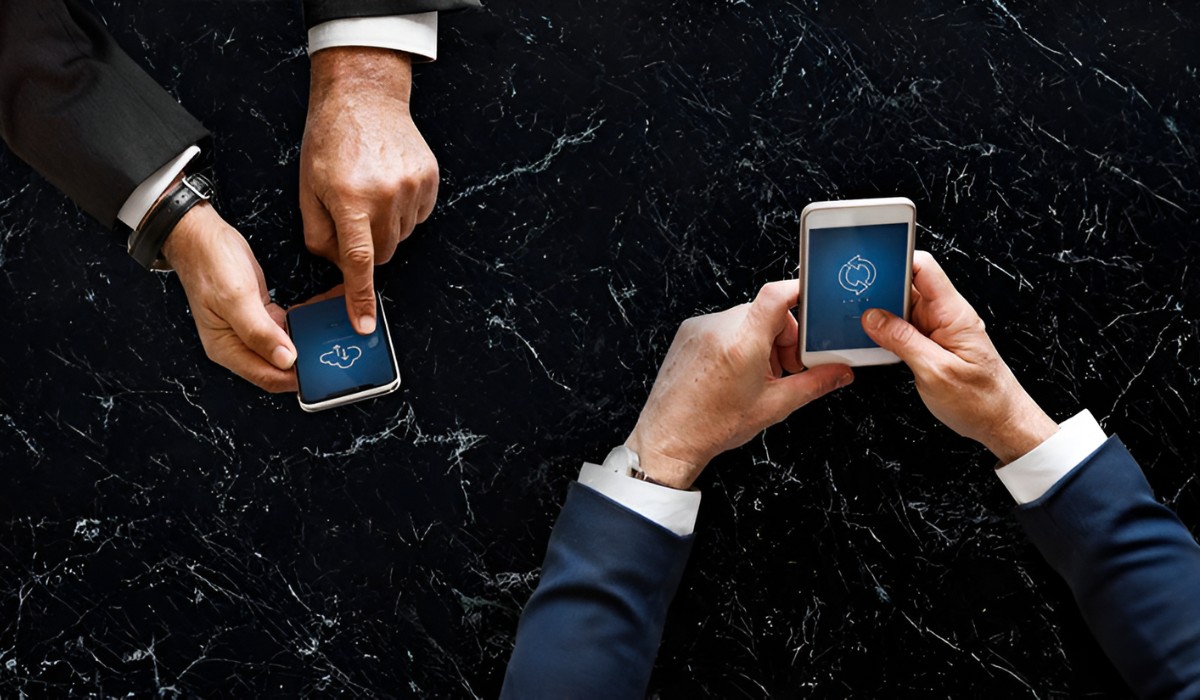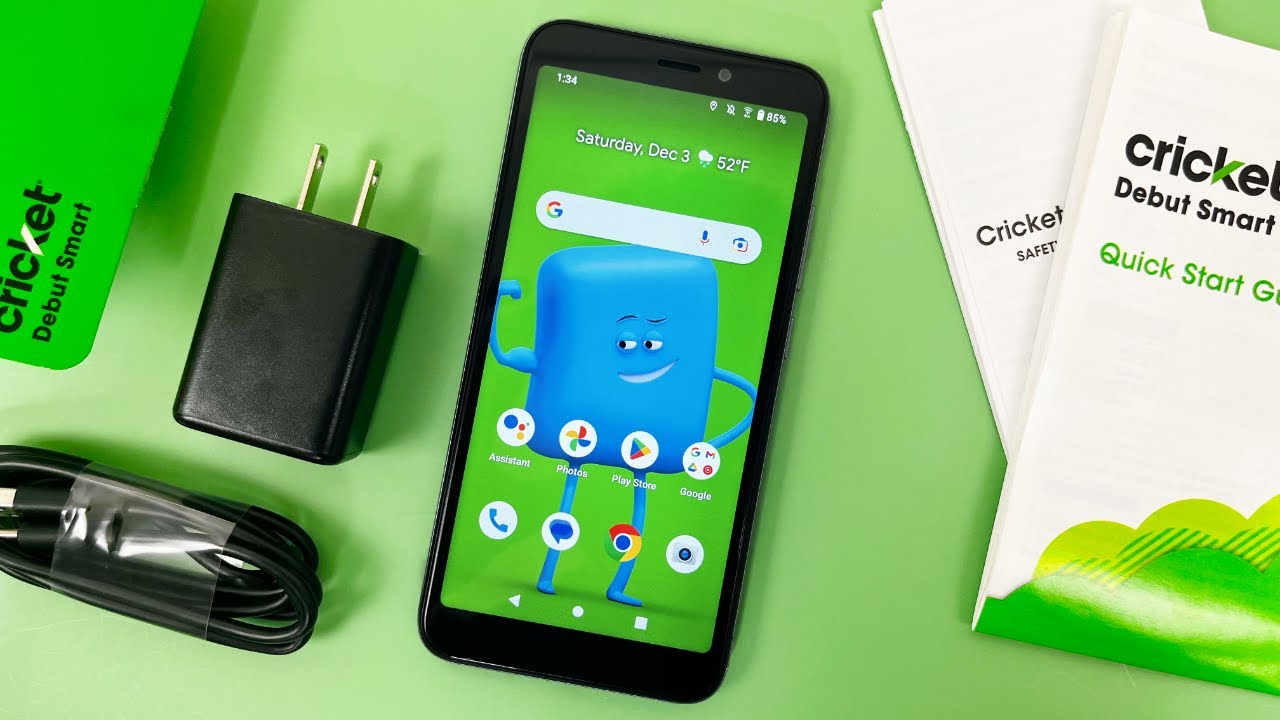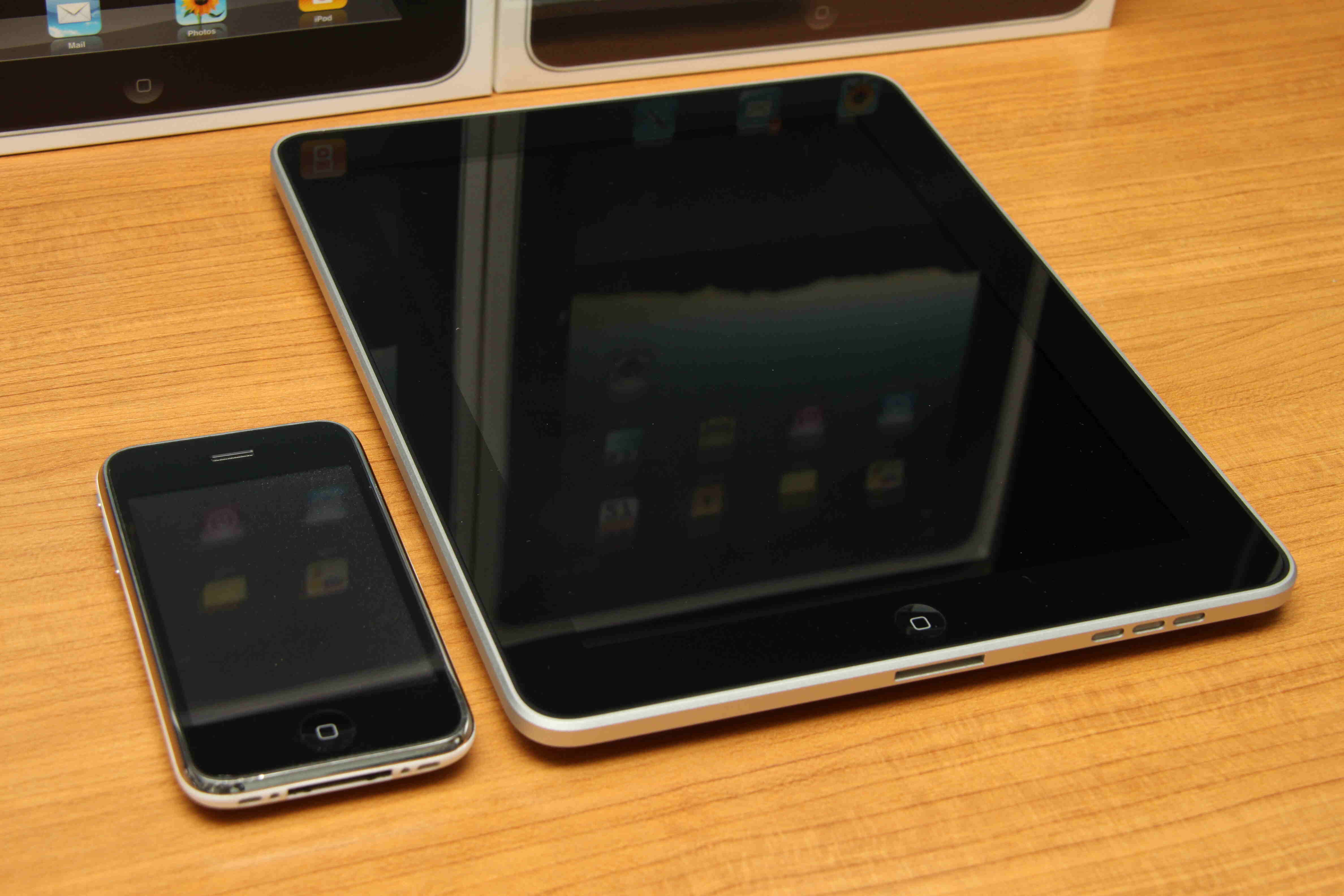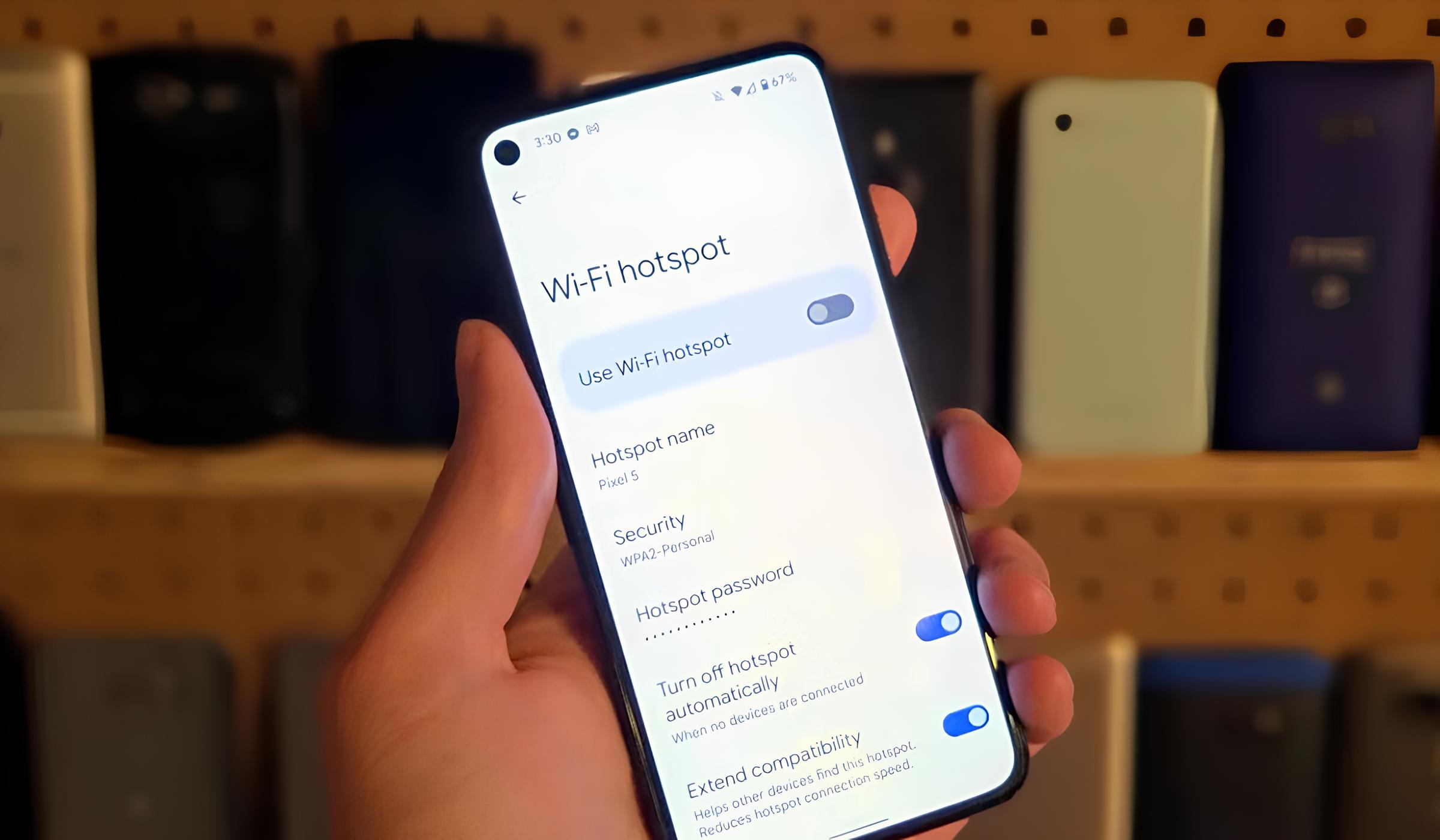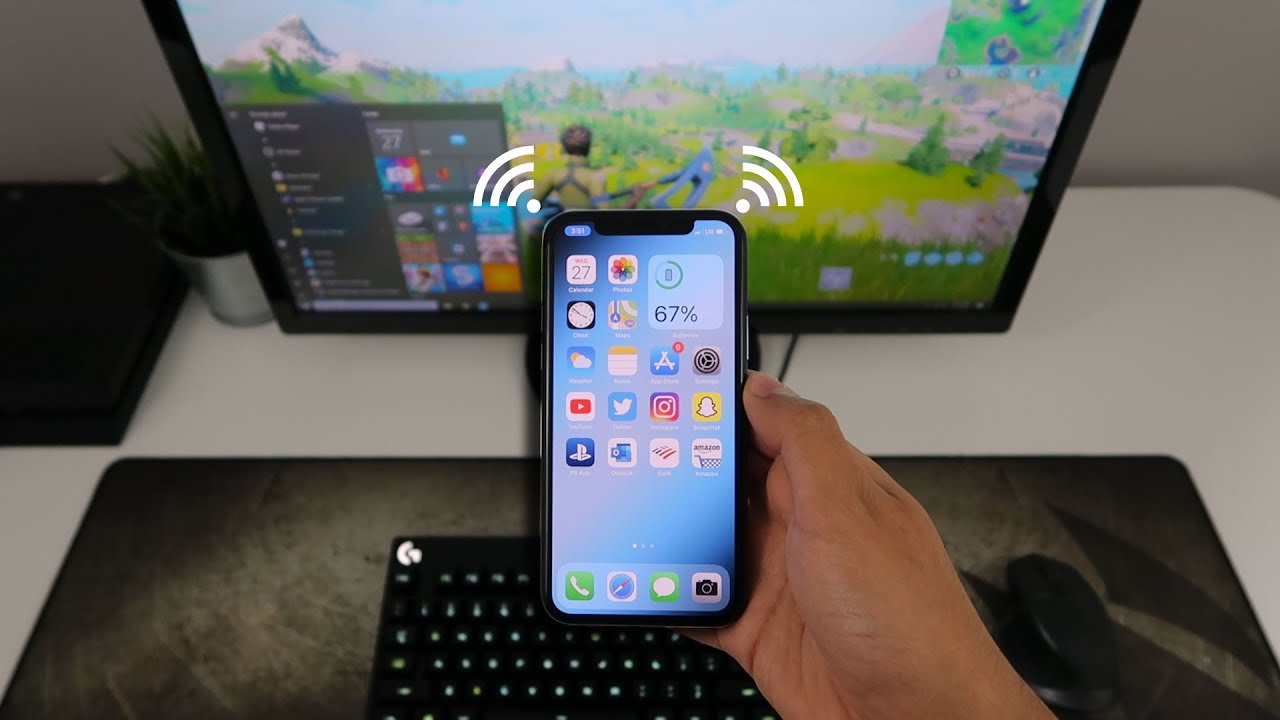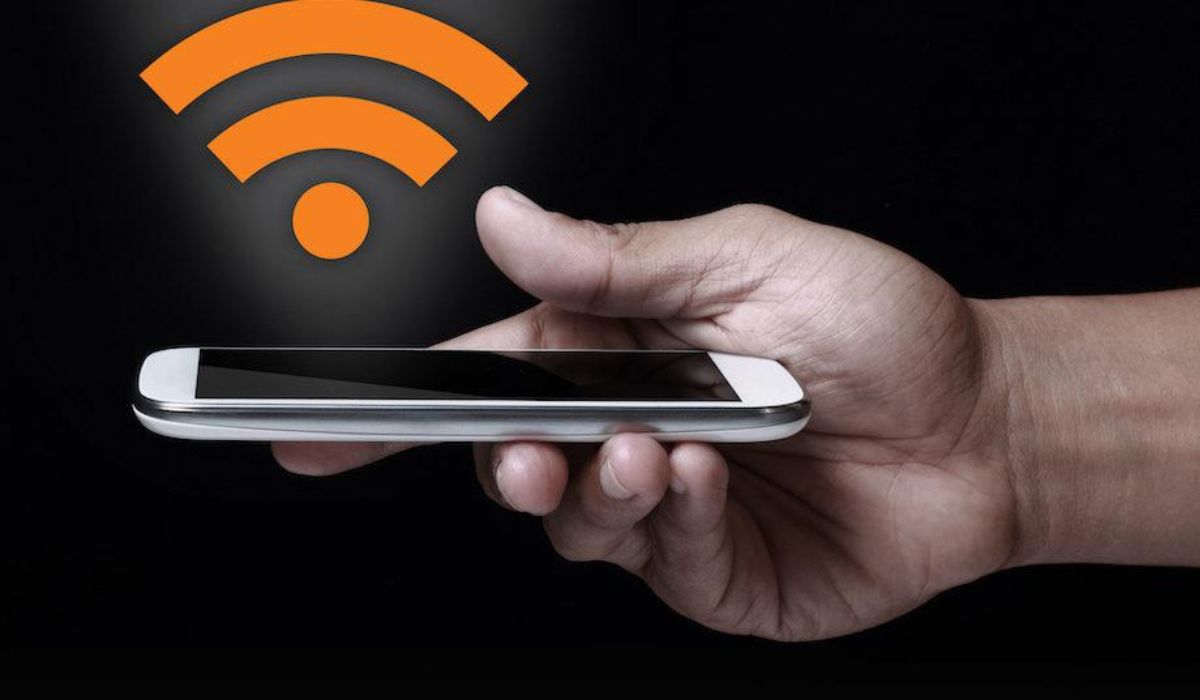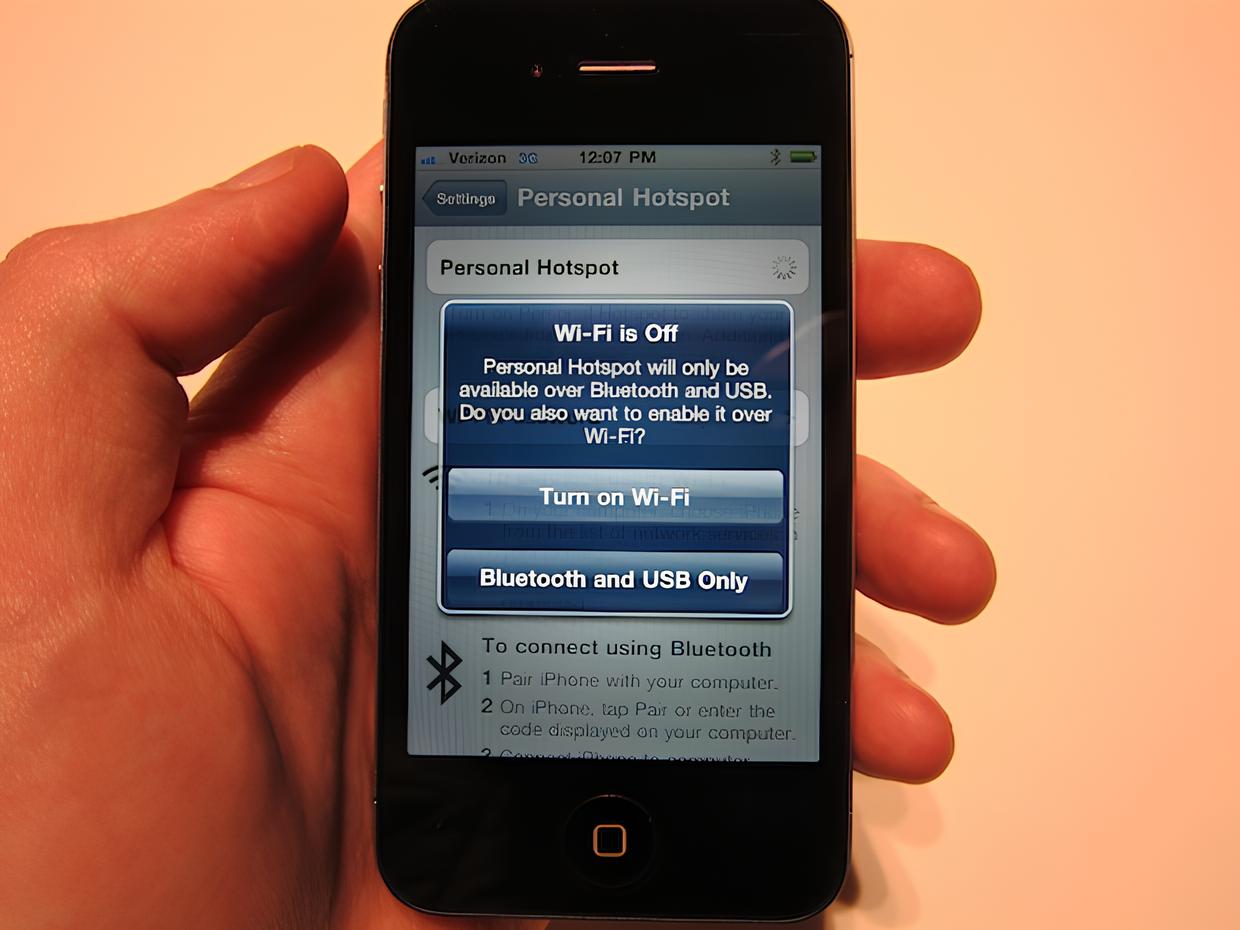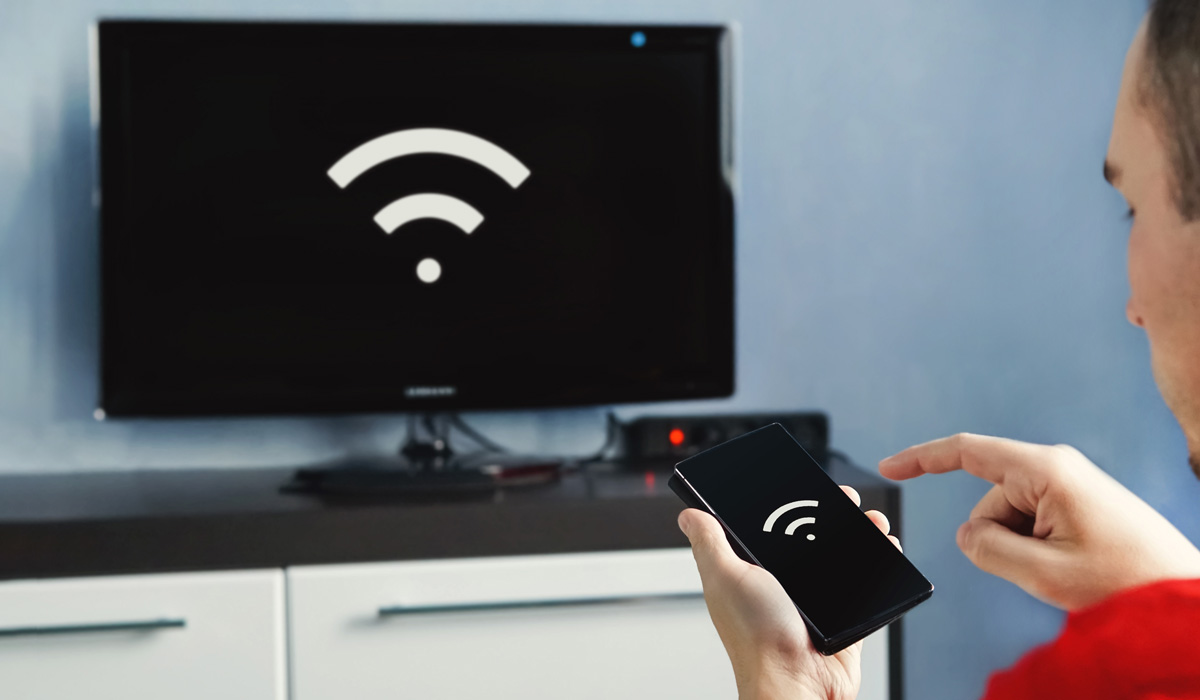Use Bluetooth Tethering
Bluetooth tethering provides a convenient way to share your phone's data connection with other devices without using a hotspot. This method is particularly useful when you want to connect a device to the internet and have no access to Wi-Fi or a physical hotspot. Here's how you can set up and use Bluetooth tethering on your phone.
-
Turn on Bluetooth: Start by turning on the Bluetooth feature on your phone. This can usually be done by accessing the Settings menu and locating the Bluetooth option. Once enabled, your phone will start searching for nearby Bluetooth devices.
-
Pairing with the Device: On the device you want to share the internet connection with, enable Bluetooth and search for available devices. Your phone should appear in the list of available devices. Select your phone from the list and initiate the pairing process. You may need to enter a pairing code, which is usually displayed on both devices for verification.
-
Enable Bluetooth Tethering: After successfully pairing the devices, go back to your phone's Bluetooth settings and locate the paired device. Tap on the device name and look for the option to enable Bluetooth tethering. Once activated, your phone will start sharing its internet connection with the paired device.
-
Connecting to the Internet: On the device that you've paired with, you should now be able to access the internet using your phone's data connection. Keep in mind that the speed and stability of the connection may vary based on your phone's network strength and the capabilities of the receiving device.
-
Disabling Bluetooth Tethering: When you no longer need to share your phone's data connection, it's important to disable Bluetooth tethering to conserve battery life and prevent unauthorized access. Simply go back to your phone's Bluetooth settings, locate the paired device, and disable the Bluetooth tethering option.
Bluetooth tethering offers a straightforward way to share your phone's internet connection with other devices, making it a valuable tool in various scenarios. Whether you need to provide internet access to a tablet, laptop, or another phone, Bluetooth tethering can come in handy when traditional hotspot options are unavailable or impractical.
By following these steps, you can easily set up and utilize Bluetooth tethering to share your phone's data connection with other devices, enhancing connectivity and productivity in diverse situations.
Enable USB Tethering
USB tethering is a convenient method for sharing your phone's internet connection with other devices, utilizing the physical connection of a USB cable. This feature proves to be invaluable in situations where Wi-Fi connectivity is limited or unavailable. Here's a detailed guide on how to enable and utilize USB tethering on your phone.
-
Connect Your Phone and Device: Begin by connecting your phone to the device you want to share the internet connection with using a USB cable. Ensure that the cable is securely plugged into both devices.
-
Access USB Tethering Settings: Once the physical connection is established, navigate to your phone's settings and locate the "Tethering & portable hotspot" or similar option. Within this menu, you should find the "USB tethering" feature. Enable this option to initiate the sharing of your phone's internet connection.
-
Authorize the Connection: Upon enabling USB tethering, your phone will prompt you to authorize the connection to the connected device. This step is essential for granting the device access to your phone's data connection.
-
Establish Internet Access: After authorizing the connection, the connected device should recognize your phone's internet connection and establish access. Depending on the device, you may need to configure network settings to ensure proper connectivity.
-
Monitor Data Usage: It's important to monitor your data usage when utilizing USB tethering, as the connected device will consume data from your phone's plan. Be mindful of any data limits or restrictions to avoid unexpected charges.
-
Disabling USB Tethering: When you no longer need to share your phone's internet connection, simply disable the USB tethering option in your phone's settings. This not only conserves battery life but also prevents unauthorized access to your data connection.
USB tethering provides a reliable and efficient means of sharing your phone's internet connection with other devices, offering a seamless alternative to traditional Wi-Fi hotspot usage. Whether you need to provide internet access to a laptop, desktop, or another compatible device, USB tethering proves to be a valuable feature in various scenarios.
By following these steps, you can easily enable and utilize USB tethering to enhance connectivity and productivity, ensuring that you can stay connected to the internet even in the absence of traditional Wi-Fi options.
Set Up Wi-Fi Direct
Wi-Fi Direct is a wireless technology that allows compatible devices to connect and communicate with each other without requiring a traditional Wi-Fi network or access point. This feature is particularly useful for sharing data, files, and internet connectivity directly between devices, making it a versatile tool in various scenarios. Here's a comprehensive guide on how to set up and utilize Wi-Fi Direct on your phone.
-
Access Wi-Fi Direct Settings: Begin by accessing the Wi-Fi Direct settings on your phone. This can usually be found within the Wi-Fi settings menu, often represented by a "Wi-Fi Direct" or "Direct Share" option. Upon selecting this feature, your phone will start scanning for nearby compatible devices.
-
Enable Wi-Fi Direct: Once the scanning process is complete, enable the Wi-Fi Direct feature on your phone. This action allows your device to broadcast its availability for direct connections with other compatible devices in the vicinity.
-
Connect to a Device: On the device you want to establish a direct connection with, access the Wi-Fi Direct settings or a similar feature. The device should detect your phone in the list of available Wi-Fi Direct connections. Select your phone from the list to initiate the pairing process.
-
Authorize the Connection: Depending on the devices involved, you may need to authorize the connection on both ends to establish a secure and trusted link. This step ensures that the connected devices can communicate and share data seamlessly.
-
Establish Data Sharing or Internet Access: Once the Wi-Fi Direct connection is established, you can seamlessly share files, photos, videos, and other data between the connected devices. Additionally, if your phone has an active data connection, the connected device can utilize your phone's internet connectivity for browsing, streaming, and other online activities.
-
Monitor Connected Devices: It's essential to monitor the list of devices connected via Wi-Fi Direct to ensure that only authorized devices have access. This helps maintain the security and integrity of the direct connections established by your phone.
-
Disconnecting from Wi-Fi Direct: When you no longer need to maintain a direct connection with a device, simply disable the Wi-Fi Direct feature on your phone. This action ensures that your device is no longer discoverable to other devices and conserves battery life.
Wi-Fi Direct offers a seamless and efficient method of establishing direct connections and sharing data between compatible devices, eliminating the need for a traditional Wi-Fi network or internet hotspot. Whether you need to transfer files between devices or provide internet access to a friend's phone or tablet, Wi-Fi Direct proves to be a valuable feature in diverse usage scenarios.
By following these steps, you can easily set up and utilize Wi-Fi Direct on your phone, enhancing connectivity and enabling seamless data sharing and communication between compatible devices.
Utilize Mobile Hotspot Apps
Utilizing mobile hotspot apps can be a convenient and effective way to share your phone's data connection with other devices. These apps offer enhanced features and functionalities, providing a seamless and user-friendly experience for setting up and managing mobile hotspots. Whether you're in a situation where traditional hotspot options are unavailable or you simply prefer a more customizable approach to sharing your phone's internet connection, mobile hotspot apps can offer a viable solution.
When considering the utilization of mobile hotspot apps, it's important to explore the diverse range of options available across various app stores. These apps often come with intuitive interfaces and additional capabilities, allowing users to personalize their hotspot settings and manage connected devices with ease. Some apps also offer advanced security features to safeguard the shared internet connection and provide insights into data usage, signal strength, and connected devices.
To utilize a mobile hotspot app effectively, consider the following steps:
-
Research and Select an App: Begin by exploring the app store on your phone and searching for mobile hotspot apps. Consider reading user reviews and app descriptions to identify a reliable and feature-rich app that aligns with your preferences.
-
Download and Install: Once you've selected a suitable app, download and install it on your phone. Follow the on-screen instructions to set up the app and grant any necessary permissions for it to function optimally.
-
Customize Hotspot Settings: Upon launching the app, explore the available settings to customize your mobile hotspot according to your preferences. This may include setting a personalized network name (SSID), configuring password protection, and adjusting other relevant parameters.
-
Manage Connected Devices: Many mobile hotspot apps provide a dashboard or management interface to view and manage connected devices. Take advantage of these features to monitor and control the devices that are accessing your phone's hotspot.
-
Monitor Data Usage: Keep track of your data usage within the app to ensure that you stay within your plan's limits. Some apps offer real-time data usage statistics and alerts to help you manage your internet consumption effectively.
-
Security and Privacy: Prioritize security by utilizing any built-in security features offered by the app, such as encryption options and device authorization settings. This helps protect your shared internet connection from unauthorized access.
By leveraging the capabilities of mobile hotspot apps, you can optimize the process of sharing your phone's data connection with other devices. These apps offer a streamlined and feature-rich approach to mobile hotspot management, empowering users to tailor their hotspot settings and monitor connectivity with ease.
Whether you're sharing internet access with a laptop, tablet, or another mobile device, mobile hotspot apps can enhance the overall experience by providing additional control and insights into your shared internet connection. With the right app at your disposal, you can transform your phone into a reliable and customizable mobile hotspot, ensuring seamless connectivity in diverse scenarios.







